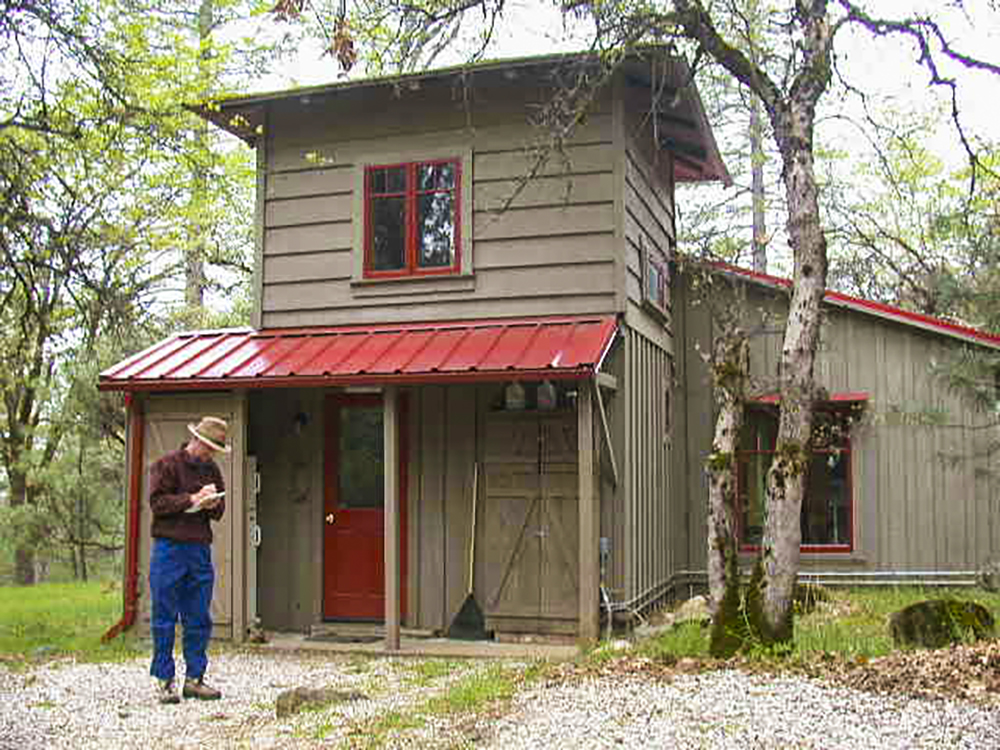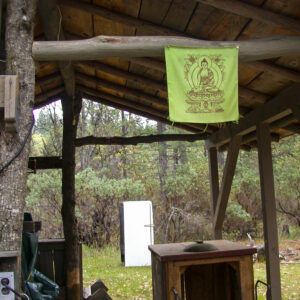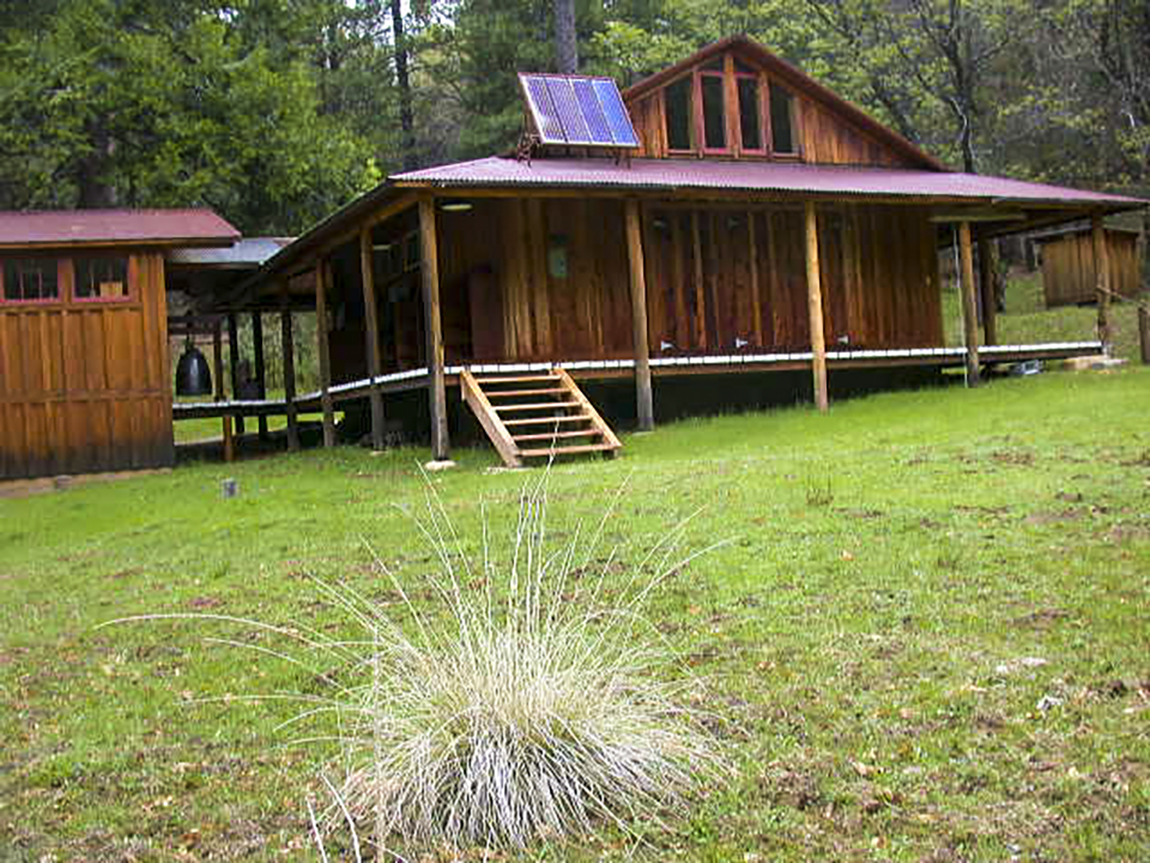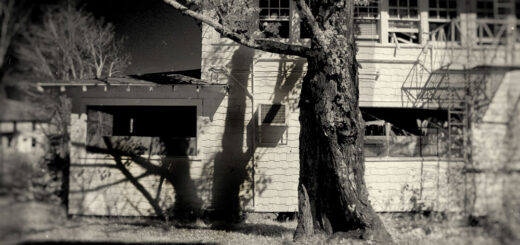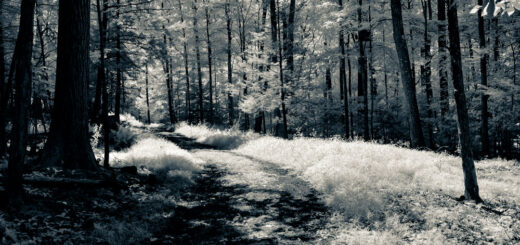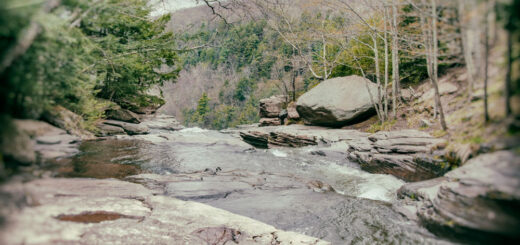Rustic Cabin
A long time ago I lived alone in a rustic cabin located well “off the grid” in in the faraway California woods. It was a sweet spot on the western slope of the Sierra Nevada where different forest types converge, mixing things up ecologically. Ponderosa pine, black oak, white fir, incense-cedar, and Douglas-fir casually mingled with blue oak, ghost pine, golden-cup oak, and the ever-impenetrable manzanita. I list all these names just so you will have a chance to say them out loud for yourself. Wildlife too: mule-deer, juncos, black bears, pileated woodpeckers, coyotes, flickers, and mountain lions. In a nearby meadow stood a Zen meditation hall. I could tell when people were in there meditating because things around the meadow got a lot quieter.
Next to the cabin was a large outcropping of bedrock with several ancient mortar holes worked into it. In former times, Nisenan women used this rock to grind acorns into flour to make bread. Nobody uses the bedrock mortars anymore or eats much acorn bread—a rush for gold in the mid-nineteenth century put an end to all that. Even so, I kept this venerable stone tidy by sweeping off the pine needles and oak leaves that fell on it, in case somebody might want to give it a try, or maybe just out of respect. As for my own groceries, I purchased them in town at a big supermarket called Lucky, about an hour’s drive away. I usually prepared my meals in the outdoor kitchen by the cabin, and I liked to sit on the grinding rock while I ate. The climate in northern California is conducive to spending lots of time outdoors.
The cabin has an unusual history. It was built by a poet back in the mid-nineteen-seventies. As it turned out, he did not spend much time there once he built it, so he would rent it out to young, aspiring writers who suffered from an over-abundance of what he might have termed “hermit energy”—people such as myself. Every month for a year I wrote out my rent check to Allen Ginsberg and send it off to him on the other side of the country, in Manhattan. Funny thing is, I never met this poet-landlord of mine, yet—thanks to a mutual friend—I was able to live in Ginsberg’s rustic cabin, which he built with his own hands and still had a lot of his stuff in it, including books, a folding Army field desk dating from WWII, and a big framed picture of Walt Whitman. In those days, I didn’t have much stuff myself, so I was happy to have the company of Allen Ginsberg’s.
Another poet I never met, a fellow by the name of Lew Welch, had plans in the spring of 1971 to build his own cabin not far from where the Zen meditation hall now stands. He had been struggling with alcohol and had recently separated from his partner of seven years, Magda Cregg. In May of that year he wrote to her from the camp he had set up at the edge of the meadow. He was gathering building materials for his cabin and organizing a work crew and trying to find the money to pay for it all. He was also taking medication—Antabuse—to treat alcohol dependence. To Magda he wrote: “I really find it hard to get my head and body rolling, but I am not depressed. I’m just crazy. I realize I have to learn to do things, to lead people in doing them, to take charge. If I can build this cabin it will be a start. And I really will never drink again.” This was the last letter she ever received from him.
Something happened. Nobody knows what. Instead of building a cabin Lew Welch disappeared into the surrounding forest on May 23rd, 1971. He was never seen again. He left a note that suggested suicide. Despite an extensive search, his body was never found. Either the poet actually did commit suicide and chose a really good place to hide it, or he disappeared into myth. Some suggest he simply ran off to Mexico.
In the years following the poet’s disappearance, kids in the area played a game they called “Find Lew’s Skull.” Sometimes I played my own version of the game. When you live in a rustic cabin like that one, it’s hard not to spend a lot of time thinking about the uses and disadvantages of poetry for life. It’s also pretty hard not to think about ghosts. So that’s how I spent my days: reading lots of poetry, wandering in the woods, following game trails, and brooding on ghosts. When night descended, I always made it a point to light a kerosene lamp and place it outside the cabin door on a little table—a beacon for those who might be drifting through the manzanita in the dark.
©John P. O’Grady
Originally appeared in The Mountain Eagle on April 16, 2021
